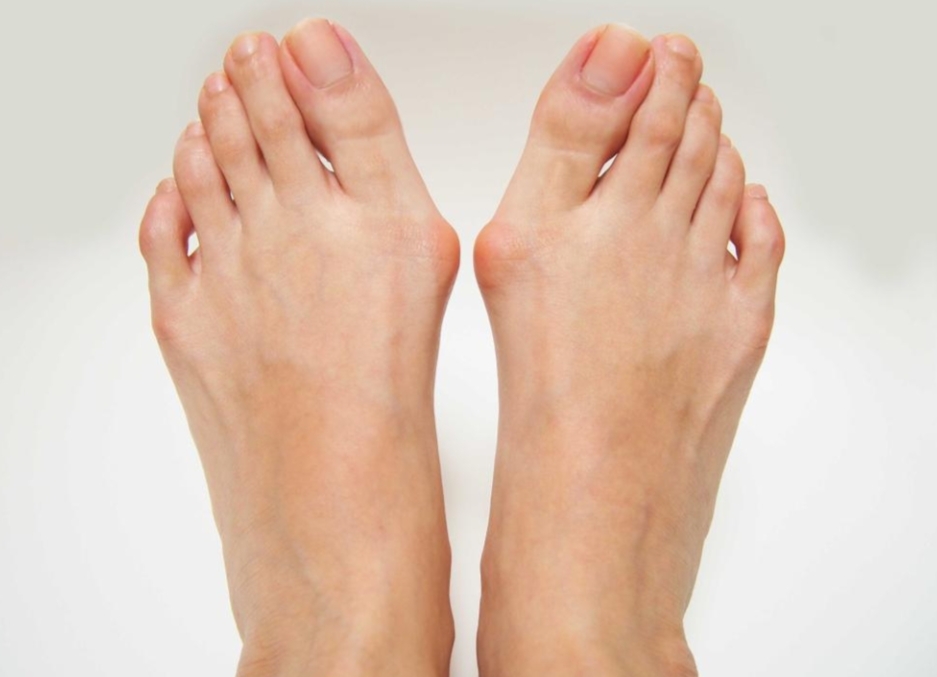
A bunion (also known as hallux abductor) is a deformity of the big toe joint. The bunion is caused due to the abnormal alignment of the big toes and can occur in both men and women. The symptoms of bunions vary from individual to individual. Most people experience pain when standing on their feet for long hours or walking on hard surfaces.
However, some may not notice anything until they start climbing stairs or running. If left untreated, bunions can lead to other foot problems such as ankle sprains, corns, ingrown toenails, heel pain, swelling, and more. If you are dealing with this issue right now, keep reading for the information that you need.
What is a bunion?
The bunion is caused due to the abnormal alignment of the big toes and can occur in both men and women. A bunion occurs when the big toe deviates from its normal position. This happens because the first metatarsal bone on the big toe pushes on the second metatarsal bone, causing it to bend out of place. The result is an enlarged bump or a bump on the side of your foot that makes standing or walking difficult.
Causes of bunions
There aren’t many things that cause bunions. The most common causes are genetics, weight gain, wearing shoes that are too tight or don’t have proper support, arthritis in the joints of the foot, and hormonal changes. However, if you have one bunion, chances are you will get a second one later on. The other main cause can be overuse of your feet from carrying heavy objects or walking long distances.
It usually takes about three years for bunions to form naturally and this is when people begin to notice pain. When there is constant pressure on a bunion from footwear or weight-bearing activities such as running or stair climbing, this leads to inflammation which makes it very difficult for the bones to heal themselves.
Risk factors of bunions
Bunions are caused due to the abnormal alignment of the big toes. The risk factors for bunions are trauma and/or injury, obesity, and diabetes. Additionally, you can be more prone to bunions if you wear improper footwear. Shoes with thin soles that don’t provide adequate support for your feet are common causes of bunions. Narrow heels on shoes that cause your weight to be transferred onto one small area of your foot. This puts pressure on the front part of your big toe and increases the chance of arthritis down the road.
Symptoms of bunions
Symptoms vary from person to person, but most people experience pain in the big toe joint and/or the ball of the foot when they stand or walk. Other symptoms include:
- Swelling
- Painful redness and heat in the foot and/or toes
- Toes pointing outward
Unfortunately, there is no way to predict when your bunion will occur. If you are experiencing any of these symptoms, it is better to visit a foot doctor who should provide you with the best treatment options available.
Treatment methods for bunions
There are various treatment methods that you can use for bunions. One popular method is surgery. If your bunion is causing pain and other complications, surgery may be necessary. Another option is wearing special shoes. Support shoes or orthotics are available in many different designs and shapes to match each individual’s needs and preferences. In addition to the treatment methods mentioned, there are also home remedies that you can try at home. These include changes in diet as well as exercise.
The bottom line
Bunions are often a painful and frustrating issue. They can damage the joints and cause aching, swelling, and tenderness of the ball of the foot. The good news is that it is not an uncommon problem and there are many treatments available to help ease the discomfort.
